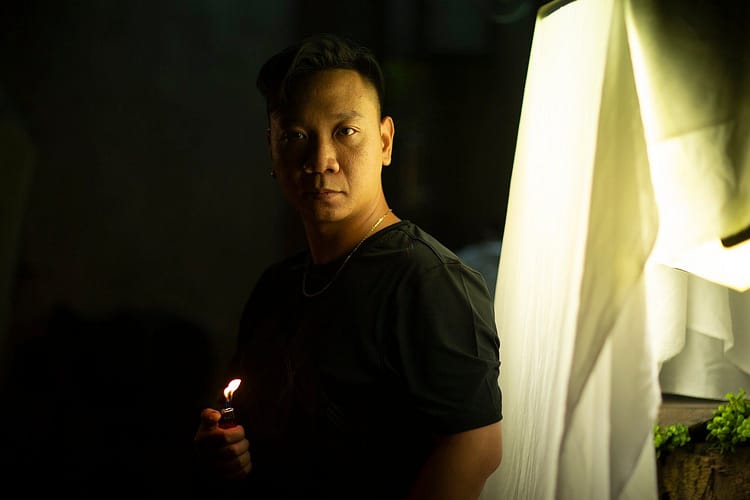Essence in Focus: A Deep Dive into Portrait Photography

Portrait Photography: Capturing the Essence of Personality
Portrait photography is a genre of photography that focuses on capturing the personality, expression, and character of a person or group of people. Unlike other types of photography, portrait photography requires a unique set of skills and techniques to create images that not only depict the subject but also convey a deeper story and emotion. This type of photography is often used for family photos, professional headshots, personal portraits, and even artistic endeavors. Below, we’ll explore the key elements of portrait photography and how to master this fascinating art.
1. Focus on the Subject
In portrait photography, the subject is the star of the show. Photographers must carefully choose the right position, lighting, and angle to highlight the features and personality of the subject. Whether you’re capturing a smile, a thoughtful expression, or a candid moment, the key is to bring out the best in the subject.
Example:
- A close-up portrait highlighting a subject’s emotional expression, such as happiness, sadness, or relaxation.
- A posed portrait with soft lighting that emphasizes the subject’s features and personality.
2. Effective Composition
Composition plays a crucial role in portrait photography. Several composition techniques can be applied to enhance the image:
- Rule of Thirds: Divide the image into three equal parts horizontally and vertically, and position the subject off-center for a balanced and visually pleasing result.
- Framing: Use elements around the subject (such as doorways or windows) to create a natural frame that focuses the viewer’s attention on the subject.
- Close-up or Medium Shots: A close-up shot brings attention to the face or specific details, while a medium shot allows for more context, showing the subject from head to shoulders.
3. Lighting Matters
Lighting is one of the most important elements in portrait photography. The right lighting can highlight the subject’s best features, add depth, and create mood. Here are some key lighting techniques:
- Soft Lighting: Use diffused light sources (such as a cloudy day or softbox) to create even lighting that minimizes harsh shadows and provides a smooth, flattering effect.
- Hard Lighting: Use direct light sources (such as a spotlight) to create strong contrasts and dramatic shadows.
- Side or Profile Lighting: Position the light source from the side to emphasize facial contours and create a striking profile.
- Backlighting: Place the light behind the subject for a silhouette effect or a soft, glowing halo around the subject.
4. Background Selection
The background of a portrait is crucial because it should not distract from the subject. A busy or distracting background can draw attention away from the main subject. To achieve a professional portrait, consider these background techniques:
- Blurred Background (Bokeh): By using a wide aperture (low f-stop number), you can blur the background, allowing the subject to stand out.
- Contrasting Background: In some cases, a background with contrasting colors or textures can help the subject pop.
5. Creating Mood and Emotion
Portrait photography is not just about capturing someone’s appearance, but also their emotion and mood. The atmosphere of the image can be influenced by factors such as facial expression, body posture, lighting, and background. Some tips to capture the right mood:
- Facial Expression: A smile, a serious look, or a thoughtful gaze can evoke different emotions in the viewer.
Conclusion Portrait photography is a deeply expressive form of photography that allows you to capture the essence of a person. Whether you’re photographing a subject for a family portrait, a professional headshot, or an artistic piece, understanding the key elements of composition, lighting, and mood is crucial. With practice, portrait photography can become a powerful tool to tell stories and capture emotions that last a lifetime.

0 Komentar